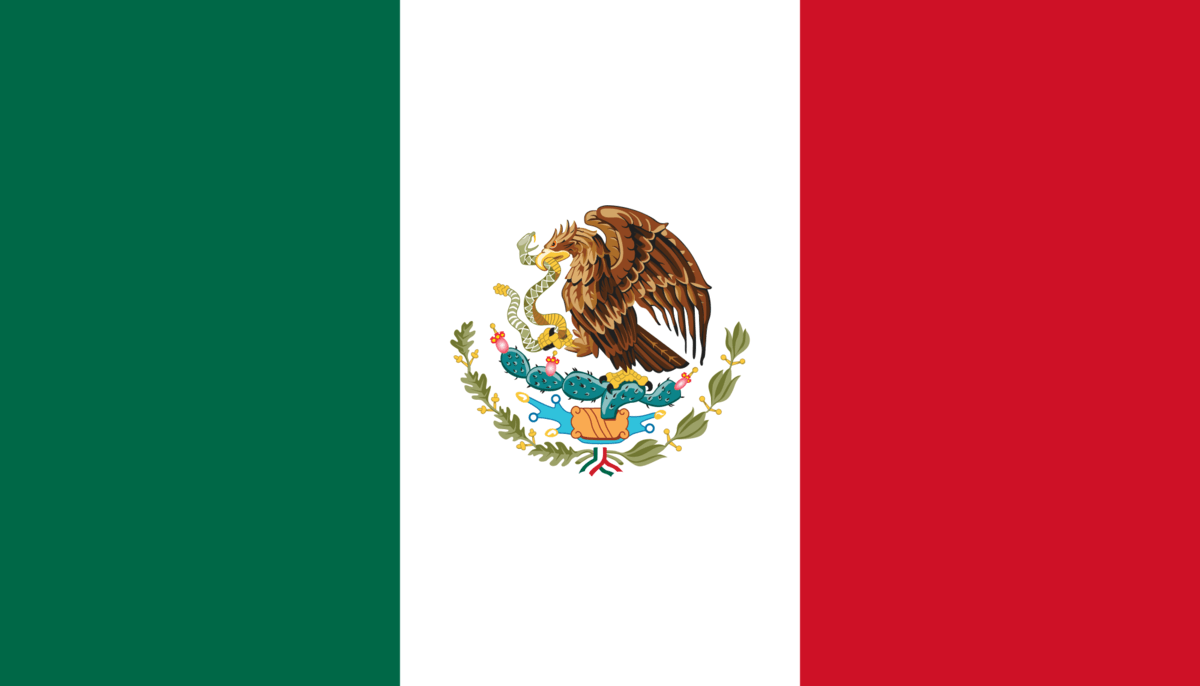Being curious is one of the most important qualities of a good language learner, and asking a lot of questions reflects that. Today we will learn how to use ¿cómo?, ¿por qué?, and ¿cuánto?, which are some of the most common interrogative words in Spanish.
How to use ¿cómo?
This interrogative word means “how,” and we use it to ask about methods or processes. ¿Cómo? usually goes at the beginning of the interrogative sentence, and it must always have an orthographic accent on the first vowel. Let’s take a look at some examples:
Tip: Click on any of the linked sentences in this article (while on a mobile) to add them directly to your Fluent Forever app, so you can study them later. Don’t have our app yet? Download it here!
- ¿Cómo puedo protegerme del frío invierno en la ciudad? (How can I protect myself from the cold winter in the city?)
- ¿Cómo se utiliza esta cámara para tomar fotografías en el mar? (How do you use this camera to take photos in the sea?)
Ask questions with ¿por qué?
Por qué means “why,” and it is also used at the beginning of interrogative sentences. It is important to remember that in Spanish, interrogative sentences have one question mark at the beginning and a second one that closes the question at the end.
- ¿Por qué la ciudad es tan húmeda y gris en agosto? (Why is the city so humid and gray in August?)

Image by Kehl Mack from Pixabay
Find out quantities with ¿cuánto?
Cuánto and its feminine cuánta are also very useful interrogative words to ask “how much?” or “how many?” We use them on a daily basis to inquire about prices when we go shopping and if we want to know about quantities.
- ¿Cuánto cuesta instalar un fondo de cristal en el barco? (How much does it cost to install a glass bottom in the boat?)
- ¿Cuánta lluvia ha caído en el norte de la ciudad? (How much rain has fallen in the north of the city?)
- ¿Cuántas fotografías de mi familia has tomado? (How many photos of my family have you taken?)
Now you know how to use these interrogative words in Spanish sentences. Remember to continue learning and being curious!
Written by Isabel Matos





